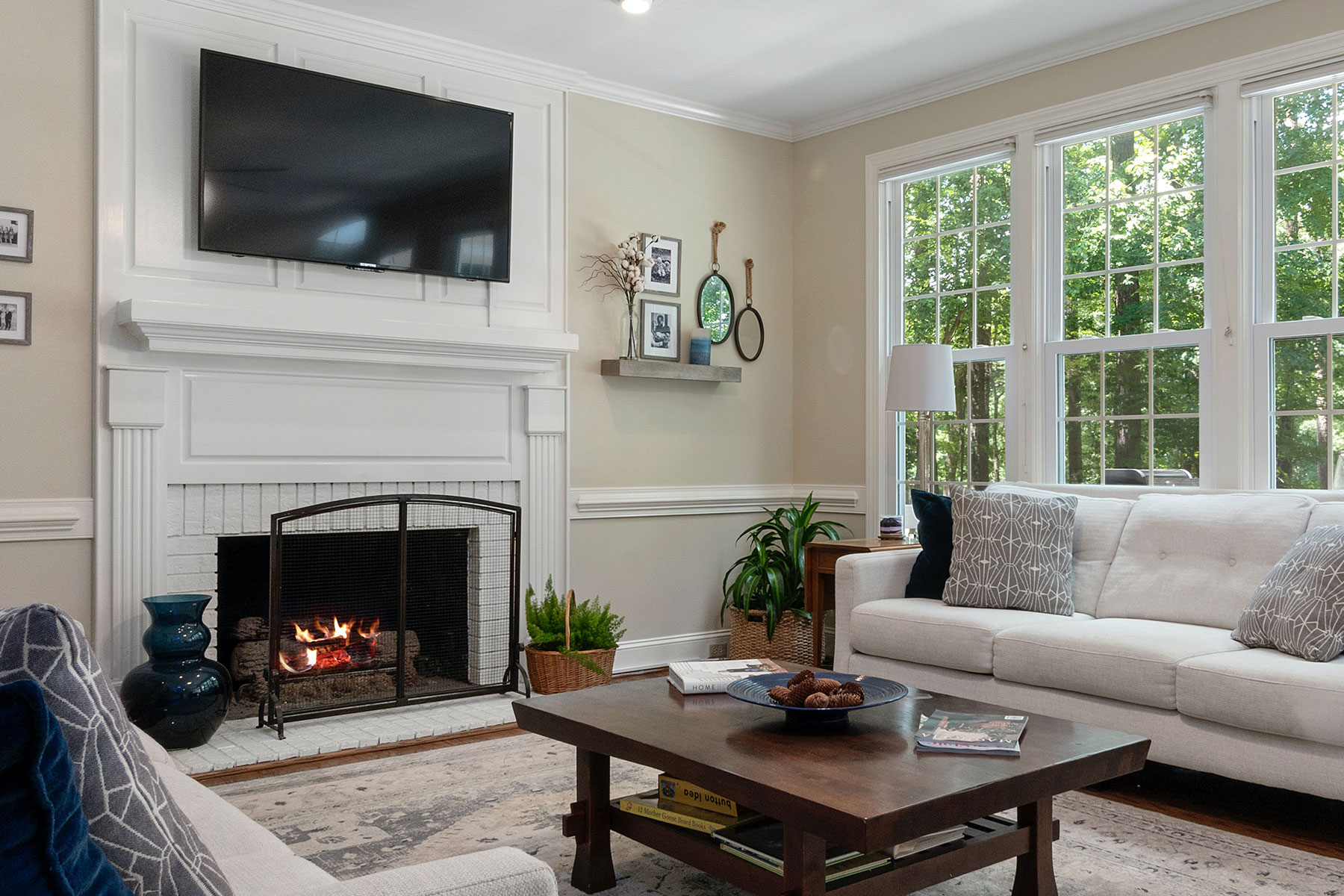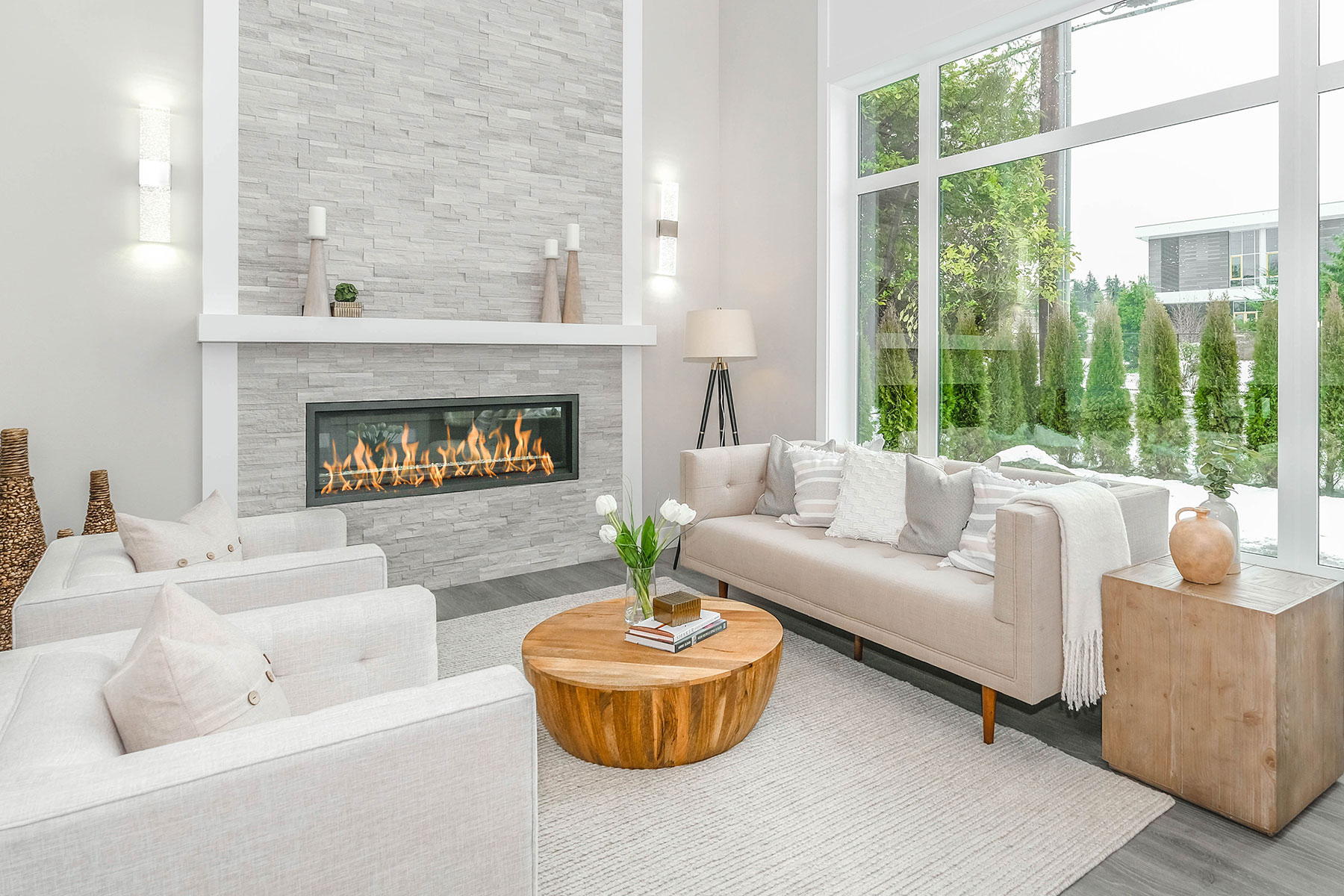Having a fireplace in your home makes the frigid winter months more tolerable. There is something so cozy about snuggling up under a blanket next to a crackling fire. It creates that warm and fuzzy feeling inside. People who grow up with a fireplace often prefer having one when they hunt for their home. As a child, your parents likely handled all of the work associated with the fireplace. A bit of knowledge is required and work to be completed by an Omaha exterior expert before you can create that relaxing vibe for your family and friends.
How do I know what I don’t know?
If you have found a new home with a fireplace and are excited to light it, hold tight until you understand how it works. It is sometimes difficult to get the correct information if you do not know what to ask. Once you have some basic concepts in place, you will have a better handle on what to expect when you light that first fire. No one wants to fill the house with smoke or have a lackluster fire.

Which type of fuel does your fireplace use?
The first crucial thing to know is which fuel does your fireplace use? Historically, fireplaces were fueled by wood. However, more modern fireplaces have alternatives that require much less work, although you do lose some of the ambiances.
- Wood is what people think about in a fireplace. The crackling of the logs, irregular flames of various colors, and the light smell of smoke in the air. The downside to wood is that it is not always easy to get depending on where you live. It is also messy to clean up as burning wood produces ashes. If your fireplace area is empty or has decorations such as candles, it is likely a wood-burning fireplace.
- Gas fireplaces give you flame and heat at the touch of a button. You will see an actual consistent flame, but you won’t hear the crackling of the fire like you would if you were burning wood. If you have a gas-burning fireplace, you will see ceramic logs in the firebox.
- Electric fireplaces are perfect if you do not have an existing chimney. They give you the image of a burning fire and will likely have a blower to heat the space. The good news with the electric fireplace is that there is nothing to clean up and almost zero maintenance to do. You will know an electric fireplace, as it will have a cord attached or be wired into an electrical outlet in your home.

How is a Fireplace Constructed?
You may hear terms like firebox, hearth, damper, flu, and chimney. These words may seem familiar, but they may feel intimidating if you have not worked with a fireplace before. Once you have the terminology, you can ask the right questions to an Omaha exterior company and understand the answers.
- Firebox – This is where the fire lives while it is burning. The fire is sourced by one of the elements mentioned above. It is essential never to try to burn wood in a gas fireplace or to use any gas in your wood fireplace. They are not designed to be interchangeable.
- Hearth – Beyond the area where your fire is burning is a space built out of fireproof materials like brick or stone. The purpose is to keep any sparks or hot ashes from catching on fire. It is often topped with a mantle that is ideal for holiday decorating.
- Damper – You will know if this is closed when you light your fire! The damper is something that can be opened or closed. When closed, it prevents any cold air from coming down into your house. When you light a fire, you want to open it, or the smoke will have no way to exit into the flu.
- Flu – The flu’s primary function is to allow the smoke to exit your home. It is most often made up of either stainless steel or clay. The flu pipe will be very hot as the heat and smoke begin to rise.
- Chimney – Since the flu pipe is very hot, surrounding it with a chimney ensures no one is injured. Your chimney may be brick, stone, blocks, or double-walled steel. A cap should be placed on the top of your chimney to prevent moisture and animals from coming down.
Having this basic knowledge will get you started. However, it is essential to know more about the condition of your fireplace before you light it. Having an Omaha exterior company like HomeWise Roofing & Exteriors will allow you to dive into the details of your fireplace and be sure your home’s exterior chimney is sound. Contact our Omaha exterior expert before the frigid weather is here so you can get the most enjoyment from your fireplace.



